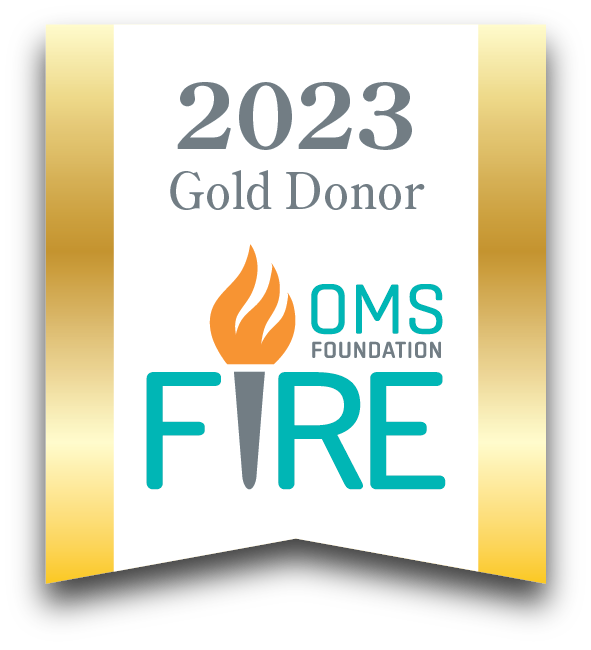How Oral Surgeons Treat Facial Trauma

Some facial injuries are minor and require little if any medical intervention. Others, however, can pose a serious health risk as well as significantly damage appearance. Oral and maxillofacial surgeons are the dental specialists who treat facial trauma. They’re highly trained and skilled in emergency procedures. Doctors from Oral Surgeons PC, for example, treat urgent cases of facial trauma in emergency rooms at local hospitals. Our Des Moines oral surgeons also help rehabilitate patients by providing long-term facial reconstruction treatment, combining clinical expertise with aesthetic artistry.
Common Causes of Facial Trauma
Facial trauma can cause swelling, bruising, bleeding, and disfigurement. Injuries range from damage to bones, soft tissues, teeth, and the eyes.
Facial trauma is often the result of:
- Traffic collisions.
- Accidents at work.
- Sports injuries.
- Falls.
- Physical assault.
- Burns.
- Exposure to chemicals.
- Animal bites.
Facial Trauma Complications
The face contains a complex system of bones, blood vessels, nerves, muscles, and sensory organs.
This means that without treatment facial trauma can trigger wide-ranging, permanent complications, including:
- Facial deformity.
- Double vision or loss of vision.
- Difficulties eating or swallowing.
- Loss of speech function.
- Facial weakness or numbness.
- Brain and nervous system problems.
By itself, even a severe facial injury rarely presents a threat to life. In some cases, however, it can result in immediate, life-threatening respiratory complications. This can happen if the airway becomes blocked by bleeding, swelling of surrounding tissues, or damage to structures.
Surgical Procedures to Treat Facial Trauma
Oral and maxillofacial surgeons use computerized tomography (CT) imaging to produce a 3D visualization of facial bone and soft tissue injuries. Surgery for severe facial injuries commonly entails an initial procedure to repair damage to bones and/or soft tissue. Follow-up care, including further, reconstructive surgery, may be necessary to ensure long-term health and appearance.
Fractured Facial Bones
Bones in the face are particularly vulnerable to injury because they’re thinner and more fragile than many other bones.
The most common fractures in facial trauma include:
- Broken nose.
- Fractured jaw.
- Orbital fractures – broken bones in an eye socket.
- Broken cheek bones – zygomatic fractures.
- Forehead bone (frontal bone) fractures.
Facial Bone Fracture Repair
Unlike bones in other areas of the body, fractured facial bones can’t be put in a cast. So oral and maxillofacial surgeons stabilize facial fractures by other means.
Broken Nose
Surgical procedures to repair a nasal fracture include:
- Closed reduction. This is done before broken nasal bones have started to fuse back together. The procedure entails external pressure to manipulate the bones back into their proper position.
- Open reduction. This type of surgery is performed when the nasal bones have started to heal. It involves breaking the nose again, in a controlled way, so bones can be restored to their natural position.
Jaw Fractures
Oral surgeons restore stability and proper alignment in cases of fractures in the upper jaw (maxilla), lower jaw (mandible), or both. Treatment may involve keeping the affected jaw stable during healing by wiring it to teeth in the opposite jaw. Alternatively, plates and screws may be inserted in the jaw to hold the bone in place and allow it to heal.
Eye Socket Fractures
Surgery to repair an orbital fracture usually entails reinforcing the area with a synthetic implant. In nearly all cases, this can be done with an incision inside the eyelid along with another incision on the outside corner of the eye.
Cheek Bone Fractures
A zygomatic fracture is repaired by repositioning the broken bone and using metal plates and screws to hold it in place. This involves incisions inside the mouth and possibly near the temple, eyebrow, and lower eyelid. Surgical zygomatic procedures include bifrontal craniotomy followed by sinus cranialization.
Forehead Bone Fractures
Surgical treatment options for frontal bone fractures and associated frontal sinus injuries vary greatly according to the extent and severity of damage.
Soft Tissue Damage Caused by Facial Trauma
Soft tissue injuries are the most common type of facial trauma treated by oral and maxillofacial surgeons, especially in the emergency room. As with bone fractures, when treating facial soft tissue damage our oral surgeons in Des Moines take care to ensure the best aesthetic results by minimizing scarring.
As well as suturing facial lacerations, oral surgeons also treat nerve damage that impairs facial function and movements. Facial nerve repair entails microsurgery to remove damaged tissue and then reconnect the ends of the nerve. The surgeon uses a microscope and tiny surgical instruments to precisely locate nerve paths.
Oral and maxillofacial surgeons also treat a range of other facial soft tissue injuries, including:
- Damage to salivary glands and salivary ducts.
- Laceration of the tongue.
- Eye injuries.
- Thermal and chemical facial burns.
- Blunt force trauma such as contusions.
Oral Surgery for Dental Trauma
Facial trauma often results in broken, cracked, or knocked-out teeth, and damage to gum tissue and jaw bones supporting the teeth and gums. Various dental specialists, including oral surgeons, may be needed to treat these injuries. Oral surgeons typically reinsert teeth that have been dislodged. If teeth cannot be put back into their socket, they can be replaced with dental implants. Oral surgeons also perform bone grafts to help repair jawbone damage.
How to Minimize the Risk of Facial Trauma
Risk of injury from facial trauma can in many cases be reduced by preventive measures such as:
- Keeping within speed limits when driving.
- Wearing a seat belt when traveling in a car.
- Wearing a helmet on a bicycle or motorbike.
- Wearing a mouthguard for sports.
- Following safety guidelines at work, including wearing protective goggles.
If you do suffer a facial injury, prompt medical treatment will lessen the risk of infection.
Aesthetic Focus in Facial Trauma Surgery
The face is a uniquely conspicuous part of the body, with aesthetic significance. Our self-esteem and self-image and are often rooted in our appearance, so trauma to facial features can cause psychological repercussions as well as physical damage.
Oral and maxillofacial surgeons repair facial trauma to restore crucial functions such as the ability to breathe, eat, swallow, speak, and move facial features. In doing this, they also focus on achieving the best possible cosmetic outcome by optimizing appearance.
Des Moines Oral Surgeons PC doctors are uniquely qualified to provide the highest standards of treatment in emergency treatment for facial trauma and in long-term reconstruction and rehabilitation therapy. This ensures patients look and feel as good as possible when treatment is completed, with a more natural appearance and minimal scarring.











